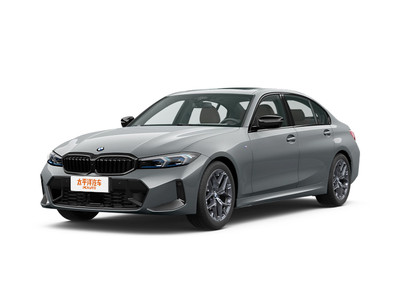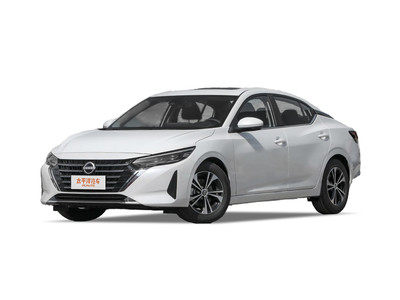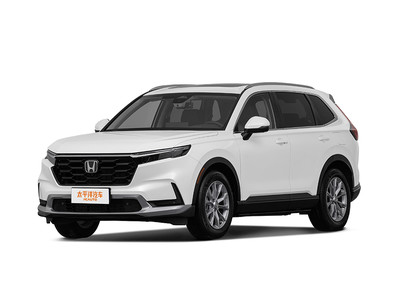Are smart cars cost-effective in the long run?
Smart cars can be cost-effective in the long run.
They offer several advantages that contribute to this.
Firstly, smart cars often come with advanced fuel efficiency technologies or are electric, reducing fuel or electricity costs over time. Their engines and systems are designed to optimize energy usage.
Secondly, many smart cars have predictive maintenance features. This means potential problems can be detected early, preventing major breakdowns and costly repairs.
Also, they typically have better safety features, reducing the risk of accidents and associated expenses.
Moreover, some smart cars come with features like adaptive cruise control and lane-keeping assist, which can improve driving efficiency and potentially lower insurance premiums.
However, it's important to consider initial purchase costs. Smart cars with advanced technologies might have a higher upfront price.
But over the long term, the savings in fuel, maintenance, and insurance can outweigh this initial investment.
So, with careful consideration of your driving needs and usage patterns, smart cars can prove to be a cost-effective choice in the long haul.










